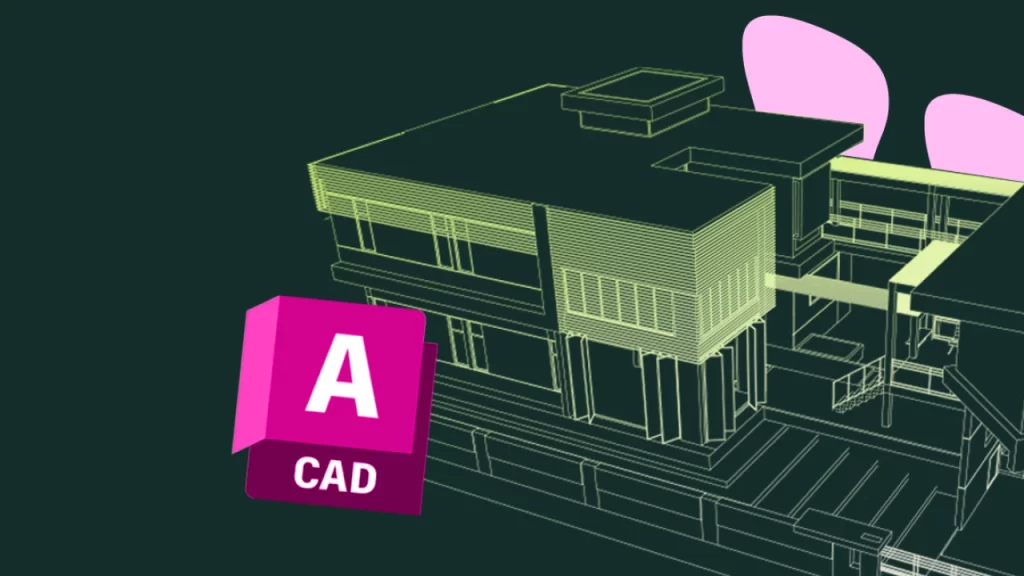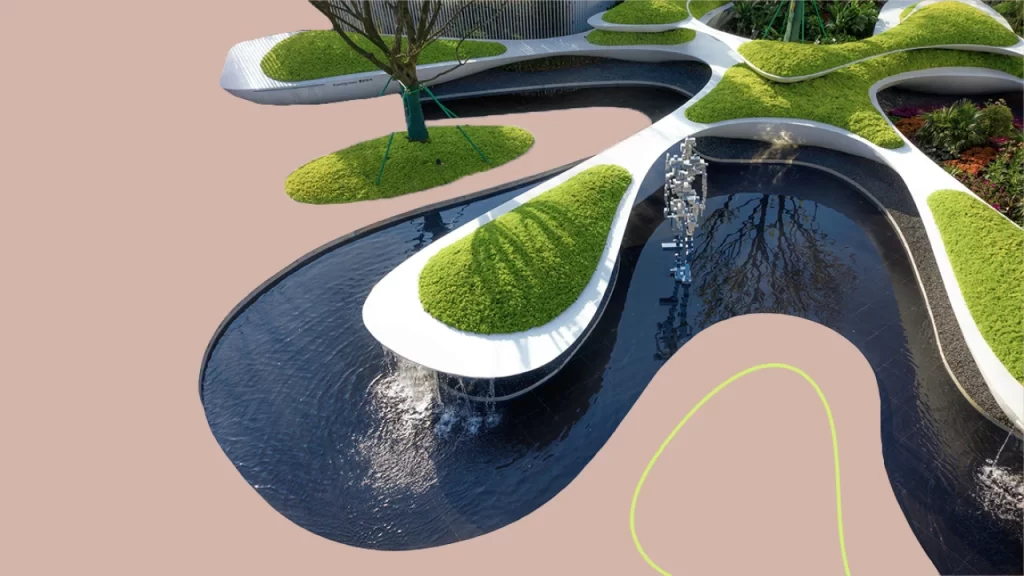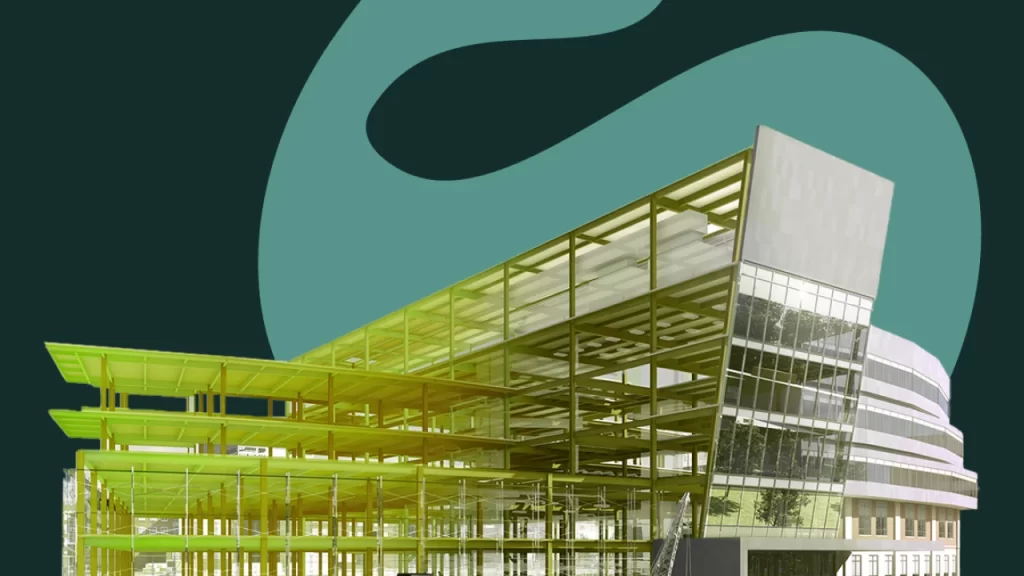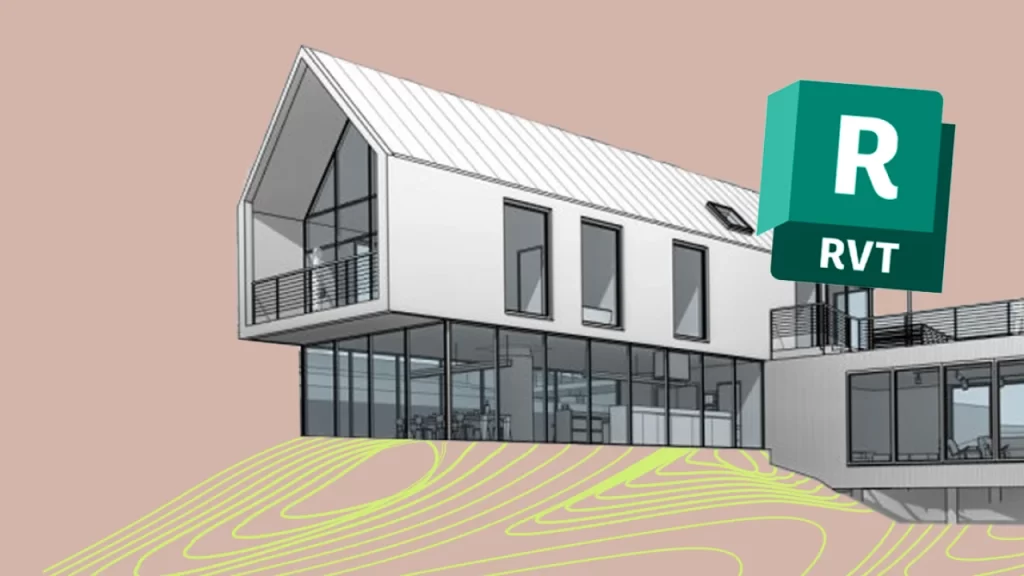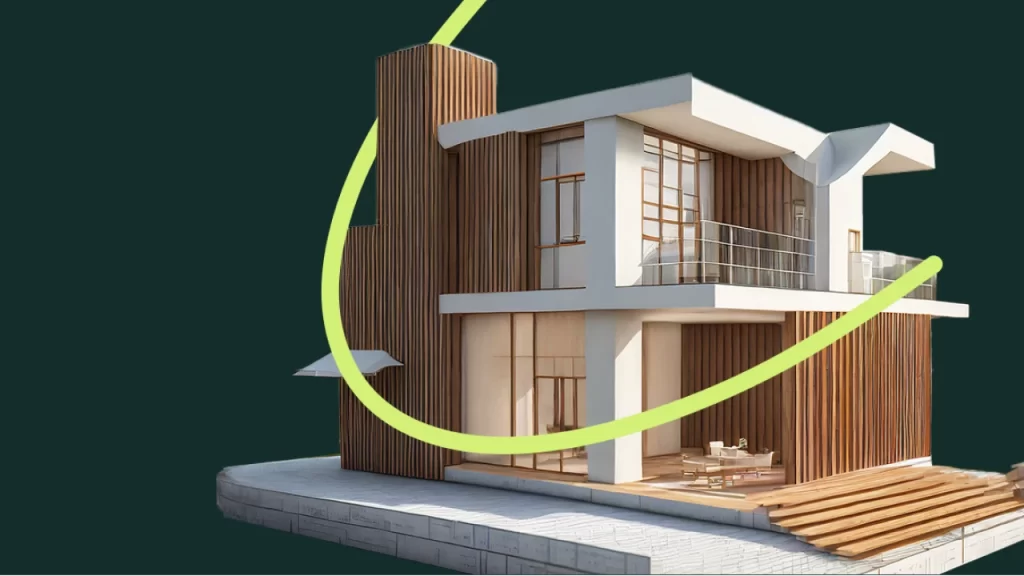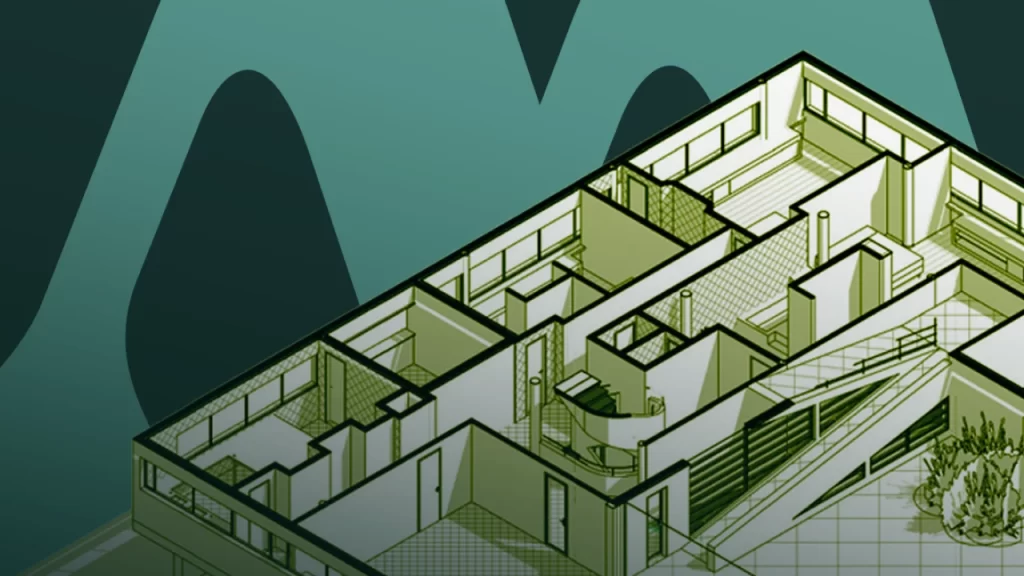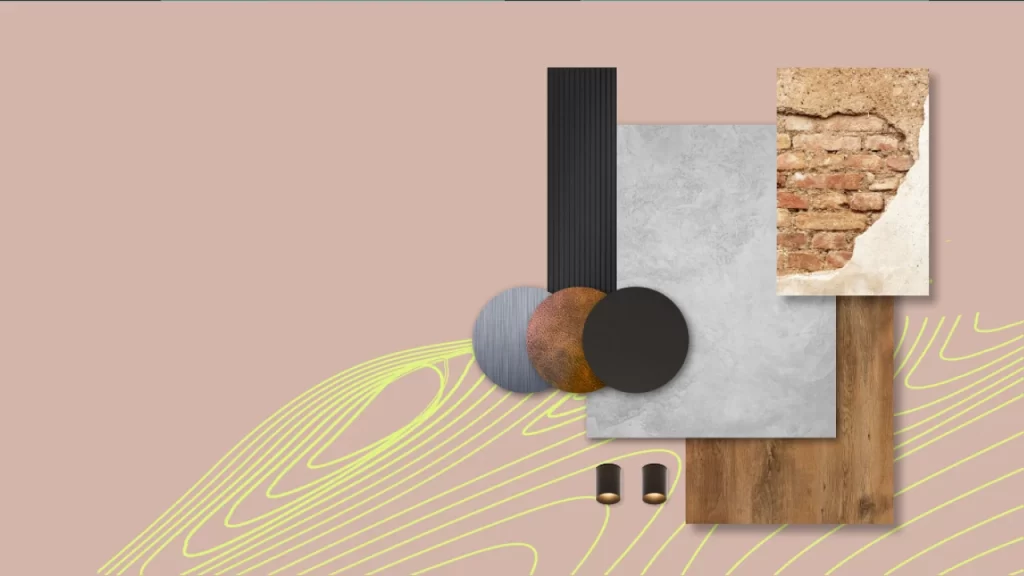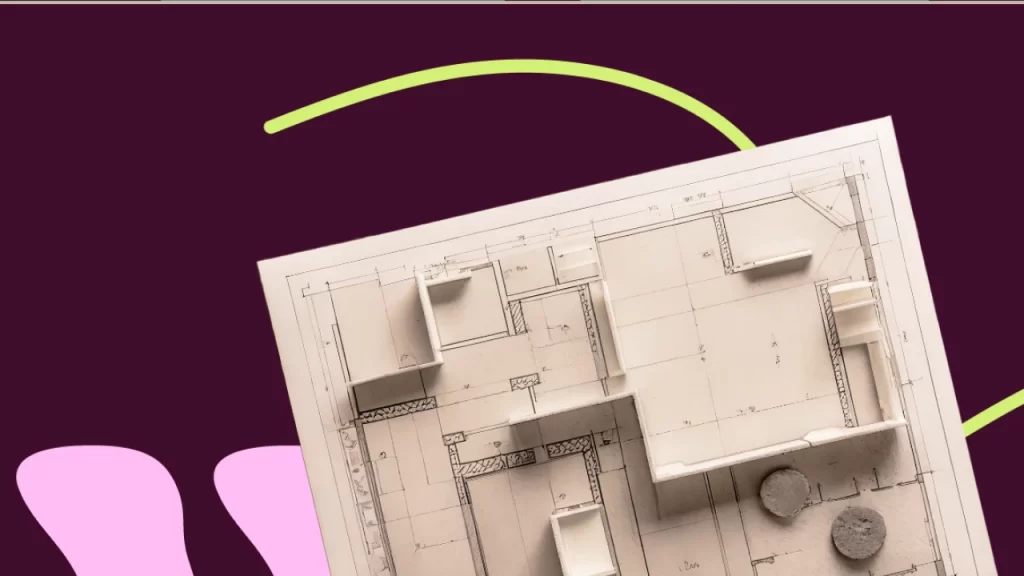Architectural Models
and we’ve placed more than 600 professionals
Architectural Models: Enhancing Innovation and Communication
At WorldTeams, we care about innovation. The industry constantly evolves, so we select the best talents who turn ideas into reality daily. Architectural models are versatile tools that serve multiple purposes throughout the architectural process.
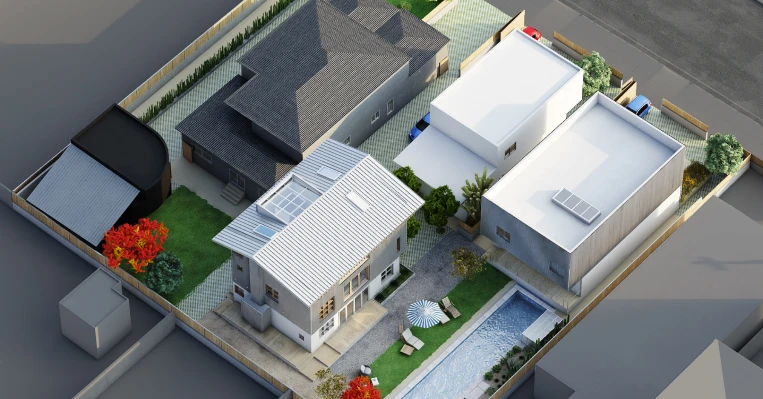
Handling Diverse Architectural Models for Project Success
Project Visualization
Models help architects and clients visualize a project. They provide a realistic representation of the finished building or space, helping clients understand the design concept and make informed decisions.
Client Communication
Models are invaluable in communicating the design intent to clients. They allow architects to present their ideas in a tangible and accessible format, making it easier for clients to provide feedback and approve the project’s direction.
Selling a Project Idea
Models are persuasive tools for architects when pitching project ideas to potential clients or investors. A well-executed model can convey the project’s vision and potential compellingly, making it more likely to secure funding and support.
Planning and Design Development
Architects use models to refine their ideas during the planning and design development phases. Physical or digital models help architects experiment with design variations, test different materials, and assess how various elements fit together.
Public Engagement
In urban planning and large-scale developments, models are often used to engage with the public. They clearly represent how a proposed project will impact the surrounding area, fostering transparency and community involvement in decision-making.
Educational Outreach
Architectural models are useful for educational purposes, such as teaching students about architectural principles and design concepts. They can also be used in museums or exhibitions to educate the public about architectural history and innovation.
Construction Planning
Besides design, construction planning, and coordination models are employed. They help contractors and builders understand the architect’s vision, identify potential challenges, and ensure that construction proceeds according to the design specifications.
Quality Control
Models can serve as references throughout construction, allowing builders to compare the ongoing work with the intended design. This helps maintain quality control and ensures the final product aligns with the initial concept.
Marketing and Promotion
Architectural models are effective marketing tools. They are commonly used in brochures, presentations, and marketing materials to showcase completed projects or upcoming developments, attracting potential buyers or tenants.
Historical Documentation
Models can serve as historical records of architectural achievements. They preserve significant buildings’ design and aesthetic features for future reference and research.
Access the TOP 3% OF TALENT
Our professionals have experience working for the US, speak fluent English, and work in the same time zone. That’s why we offer flexible contracts, allowing you to decide how much and for how long you need their expertise. Every step of the design and construction process is crucial and influences decisions that will be made in subsequent phases.
Building Future, beyond frontiers.
In WorldTeams, we’ve got the talent.
Why work with us?
Cost Effective
Hiring highly-skilled nearshore talent unlocks cost savings of 50% compared to US-based professionals
Flexible contracts
You can choose your type of contract: full, part or flex and switch between these options with no strings attached
HR department of your dreams
Our pre-screening ensures we present only motivated candidates aligned with your culture and an onboarding process in just 72 hours!
100% satisfaction guaranteed
If you’re not satisfied, we’ll give your money back – no questions asked

